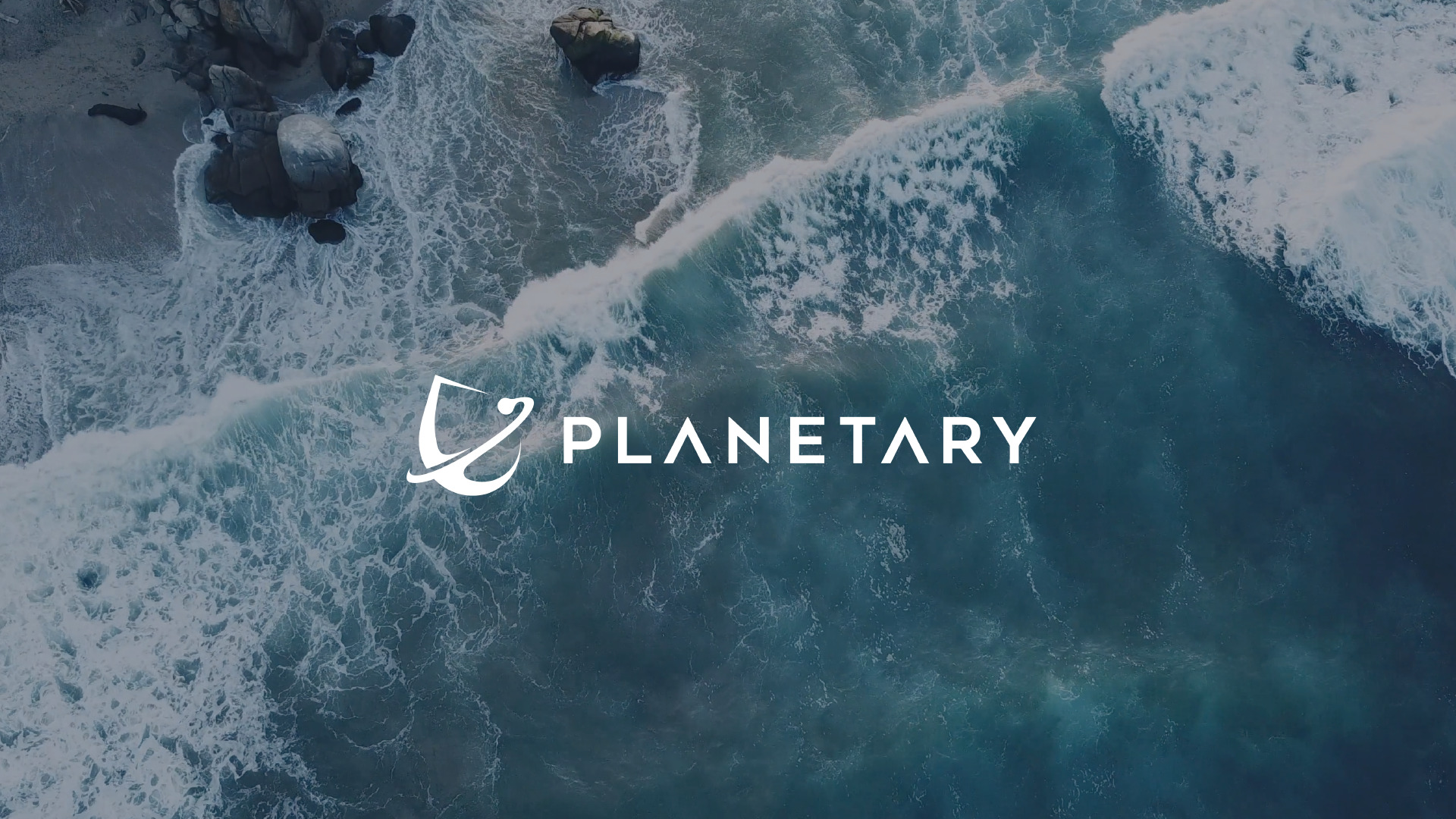
As part of our ongoing effort to assess the safety of our proposed projects, Planetary is working with Carbon to Sea, a nonprofit initiative with a mission to evaluate OAE as a viable pathway to repair historic carbon pollution. As part of that work, Planetary submitted several alkalinity sources for ecotoxicological testing by an independent laboratory, TOXEM; the testing is sponsored by Carbon to Sea. The initial results of that study have now been made available to us, including a preliminary No Observed Effect Concentration value (NOEC).
The NOEC indicates the highest tested concentration of a substance which produces no observable acute toxic effect on the tested organisms. This value varies by species and alkalinity source. Within the preliminary dataset, the lowest NOEC identified for Planetary’s proposed alkalinity was 4 grams of feedstock per litre of seawater – well above the maximum concentrations of additions we have proposed for both the Cornwall and Halifax trials.
While ecotoxicological testing is only one component of our efforts to understand the interaction of alkalinity with marine systems, and while TOXEM is continuing to conduct their own analyses, Planetary is pleased by these initial results and glad to have additional data available to help guide our design of safe and responsible projects.
Carbon to Sea Statement:
The following statement was provided by Carbon to Sea as a description of preliminary results relevant to Planetary.
“Rigorous and independent ecotoxicology testing of a range of alkalinity feedstocks is currently underway. This work is coordinated by the nonprofit research initiative, Carbon to Sea Initiative, which has contracted a government-accredited laboratory in France, TOXEM. TOXEM tested the toxicity of four manufactured feedstocks and ten unique mineral-based feedstocks that were contributed by the private sector, including “UM10” and “PC8” from Planetary Technologies on five marine species from different taxa. As of Feb. 2024, four of the five target species have been assessed (phytoplankton, copepod, fish cell line, oyster larvae). Within this preliminary dataset, the lowest No Observed Effect Concentration (NOEC) was 4 g/L for the PC8 feedstock, observed in the Sparius aurata (gilthead seabream) fish cell line SAF-1 and CFDA-AM cell line viability assay, adapted from the standard protocol OECD 249. When completed, the full dataset of all species, feedstocks, and concentrations tested will be submitted to a peer-reviewed scientific journal for open-access publication (Faucher et al., in prep.).”
Encouraging Information on Marine Interaction
While not a complete measure of biological safety, ecotoxicological data represent one type of information that helps Planetary develop conservative safety guardrails. Combined with other forms of safety testing and with regulatory restrictions, Planetary aims to use this data to design projects which minimise risk to marine ecosystems.
All of Planetary’s past and proposed projects maintain maximum in-pipe concentrations well below 4 g/L.
“We look forward to reviewing the complete dataset when it becomes available, but we are encouraged by the preliminary results,” said Will Burt, Chief Ocean Scientist at Planetary. “We’re glad to see more data emerging about how our projects may affect marine ecosystems. We are committed to ocean safety and believe our current planned dosing concentrations are consistent with this and other available safety data.
